New York
Your complete guide to Lake Placid, New York
Explore Lake Placid NY with tips on when to visit, top things to do, best stays, food, and local advice.
Lake Placid, New York, sits in the heart of the Adirondack Mountains, where mountain peaks, clear lakes, and Olympic history combine to create an unforgettable vibe.
Visitors are drawn here not just for winter sports but for all-season wilderness, charming village life, and that feeling of fresh cold air and big sky.
Let’s get started exploring what makes Lake Placid so special!
Overview
This destination is worth exploring because it’s active in all seasons. Summer hiking, kayaking, and biking flow into snowy winters filled with skiing, skating, and snowshoeing. Even spring and fall offer quieter escapes with scenic drives and fresh mountain air.
It’s best known for its Olympic venues, high peaks, and vibrant fall colors. Travelers find both energy and peace here, whether they’re chasing trails or sipping coffee lakeside.
Best time to visit
Summers in Lake Placid are mild, with average highs around 70-75°F in July, while winter months bring cold and snow with average lows well below freezing. Spring and fall are transitional with mixed weather, rain, and shorter daylight.
Key seasonal highlights include summer festivals and lake activities, winter skiing and the Olympic winter heritage, and peak foliage in fall (late September to mid-October). Spring is quieter and lower cost, but some trails or amenities may still be limited.
Crowds are highest in summer and during fall colors. Booking ahead during those times is wise. Off-peak months like late spring (April-May) and early winter (before holiday periods) are better for budget stays and a more relaxed pace.
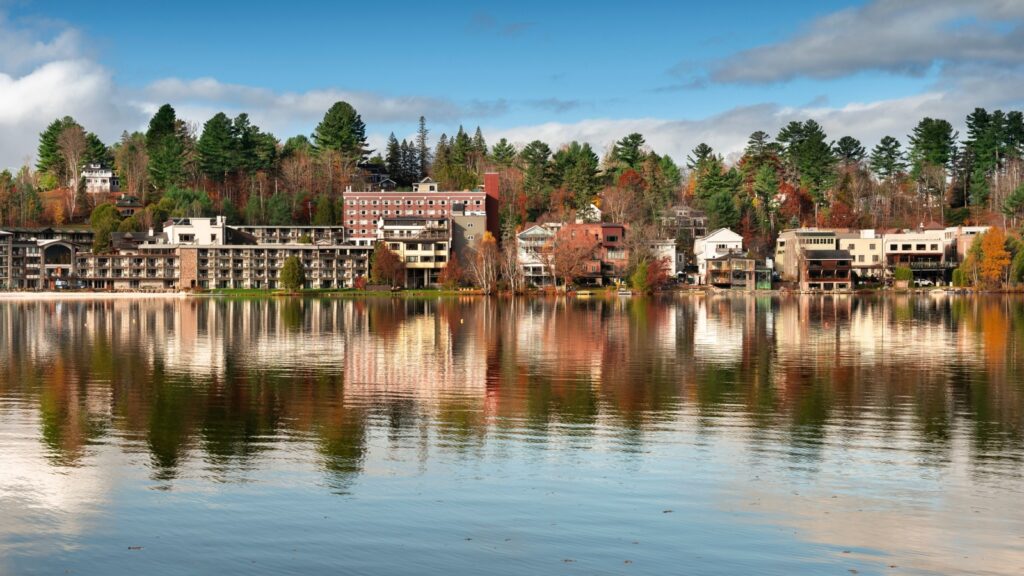
How to get there
Lake Placid is reached by smaller regional airports and also via larger airports, and then by ground travel. Adirondack Regional Airport (SLK) in Saranac Lake is quite close. Plattsburgh International (PBG), Burlington, VT, and Albany, NY, are further used by many.
Roads from major cities are well established. Many visitors drive via state routes and interstates, and some use bus services such as Adirondack Trailways. Amtrak doesn’t run directly to Lake Placid, though connections exist with shuttles or regional transport.
Once there, local transport includes walking downtown, taxis, ride shares where possible, and local bus or shuttle services. Staying close to Mirror Lake or Main Street helps reduce transport needs. In winter, roads may require snow gear.
Where to stay
Luxury lodging is well represented by Mirror Lake Inn Resort & Spa, a AAA Four-Diamond resort on Mirror Lake with elegant rooms, full services, spa, and excellent dining.
Mid-range hotels include ones near downtown or along Mirror Lake, which offer modern comfort with reasonable amenities without the highest price tag. Boutique Hotel at Mirror Lake is a newer option close to both the lake and the town.
Budget stays are fewer, but inns or lodges outside the core village offer value. Staying slightly outside downtown or near access roads rather than lakeside often gives lower rates.
Top things to do
The legacy of the Olympics remains central: the Olympic Center, Olympic Jumping Complex, Whiteface Mountain, and Mt. Van Hoevenberg are key sites for sports history and scenic views.
Outdoor adventure is everywhere. Mirror Lake provides peaceful paddling, hiking trails in the High Peaks region offer variable difficulty, and scenic drives like the Whiteface Memorial Highway give great vistas. High Falls Gorge is also a popular natural setting.
For cultural and relaxing experiences, Main Street shops and galleries, local farm markets, arts performances, and lakeside leisure are wonderful. Historical sites like the John Brown Farm add depth.
What to eat
Local cuisine emphasizes fresh, hearty food fit for the Adirondack climate. Trout, maple syrup products, comfort stews, farm-fresh produce are common. Seasonal menus often include local craft beverages.
Some standout eateries are Lake Placid Pub & Brewery for casual fare, Salt of the Earth Bistro for more refined meals, and The View Restaurant at Mirror Lake Inn for fine dining with scenery. Cafés and bakeries like Emma’s Creamery and Simply Gourmet offer sweets and casual bites.
Getting around
Downtown Lake Placid is walkable; many lodging, dining, and shopping spots are clustered. Mirror Lake Loop is especially walk-friendly.
For venturing out (trailheads, Whiteface, High Peaks), having a car simplifies access. In winter months, drivers should be prepared for snow, ice, and changing conditions.
Public transport and shuttle options exist, but may have limited schedules. Checking ahead for bus, shuttle times, or arranging taxi/ride share for remote locations is important.
Sample itinerary
Day 1 includes walking around Mirror Lake, visiting the Olympic Center for history, and then driving up Whiteface via its highway. The evening is best spent dining by the lake.
Day 2 might start with a hike in the High Peaks area, followed by the Olympic Jumping Complex, then relaxing in town with galleries and local food in the evening.
Day 3 is good for lake-based activity in the morning, then visiting a natural site like High Falls Gorge, enjoying lunch out of town or in Lake Placid, and ending with a scenic sunset or leisurely dinner.
Costs & budgeting tips
Typical daily costs for budget travel run around US$150-$200 with lodging in modest inns, simple meals, and mostly walking or minimal transport. Mid-range travelers should expect US$250-$400, including nicer hotels, several activities, and occasional guided trips. Luxury experiences (top resorts, fine dining, private tours) often cost US$500+ per day, especially in peak seasons.
Saving strategies include traveling in shoulder seasons, booking lodging in advance, staying just outside the most popular spots, choosing casual instead of high-end dining, and doing free or low-cost outdoor options.
Cultural tips & local etiquette
Travelers are respected when they show courtesy: greeting people, keeping noise down in shared lodging, and being respectful in nature. Wearing appropriate gear matters: layers in summer, warm clothing in winter, and proper footwear for hiking.
Tipping follows US norms: around 15-20 percent in restaurants, small tips for service providers or taxi drivers.
Being aware of quiet hours, respecting property and trail signage, and being environmentally minded (leave no trace) are appreciated.
Safety and travel tips
The weather can be unpredictable in the mountains. Trails might be icy or muddy; snowstorms or sudden changes can occur. Checking local forecasts and trail conditions helps prevent mishaps.
Medical needs are served locally; Adirondack Medical Center in Saranac Lake handles many emergencies. Dialing 911 works in urgent situations.
Insects like ticks appear in summer; cold and snow are serious in winter. Remote hikes may lose phone signals; offline maps or paper alternatives are wise.
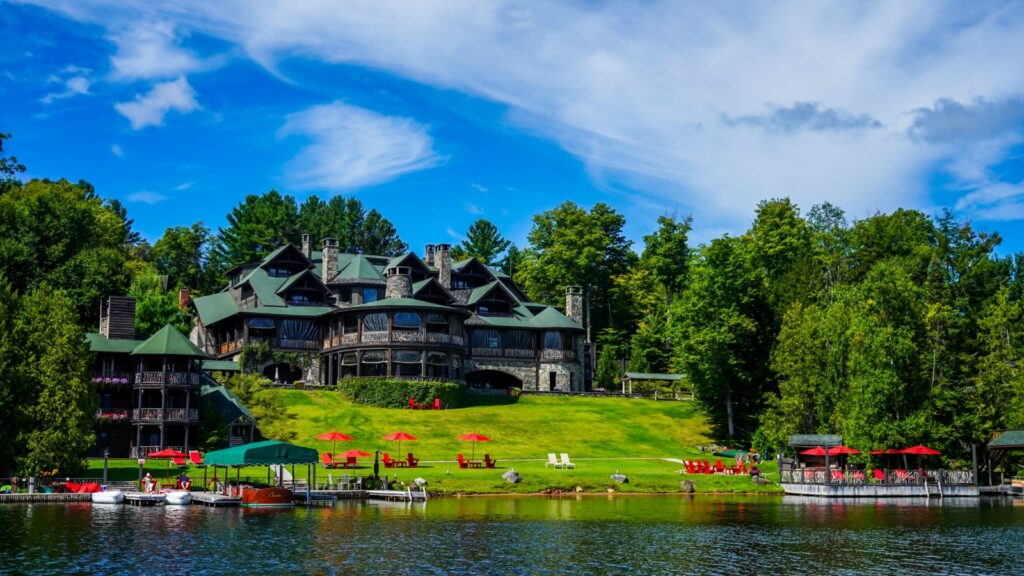
Final thoughts
Allow extra time for travel delays in winter or fall. Early mornings often offer the prettiest light and fewer people at popular spots.
Leaving space in the schedule for spontaneous hikes or relaxing lakeside moments makes the trip richer.
Olympic legacy, natural beauty, and small-town energy all shine brightest when not rushing. Taking time to soak it in rewards visitors deeply.
TL;DR
- A mountain town in New York’s Adirondacks, famous for the Winter Olympics and Mirror Lake.
- Best time: winter for skiing, summer for hiking, fall for foliage.
- Closest airport: Adirondack Regional (SLK); car needed for flexibility.
- Highlights: Olympic Center, Whiteface Mountain, High Peaks hiking, Mirror Lake.
- Costs range $150 budget to $500+ luxury; off-season saves money.
If you liked this, you might also like:
- New York’s best apple-picking destinations in September
- New York Adirondack lake escapes in late summer
This article was made with AI assistance and human editing.
-
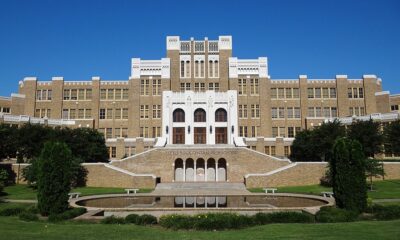
 Kansas7 days ago
Kansas7 days agoThis Arkansas mob attacked children. Then the 101st Airborne arrived.
-
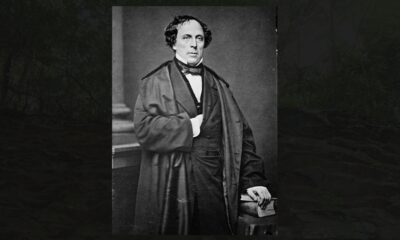
 West Virginia6 days ago
West Virginia6 days agoThis Confederate retreat birthed a new state—and Virginia never recovered
-
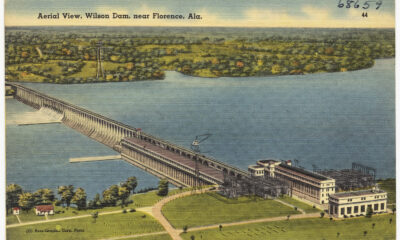
 Alabama6 days ago
Alabama6 days agoBefore Las Vegas and Los Alamos, Alabama had America’s first instant mega-city
-
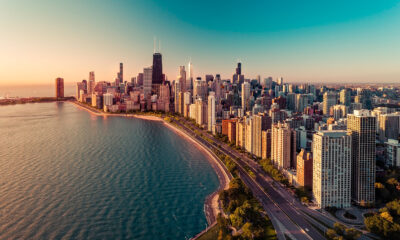
 Illinois2 days ago
Illinois2 days agoHere Are 12 Things People from Illinois Do That Seem Insane To Everyone Else
-
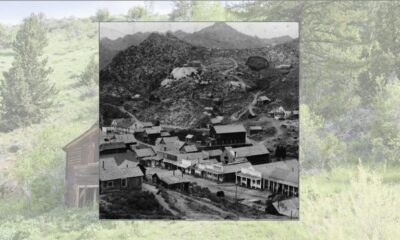
 Idaho6 days ago
Idaho6 days agoMeet the 85-year-old who refused to let his Idaho town die. He stayed alone for 28 years.
-
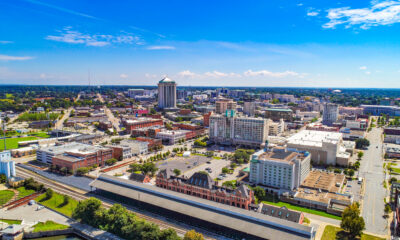
 Alabama5 days ago
Alabama5 days agoHere Are 12 Things People from Alabama Do That Seem Insane To Everyone Else
-
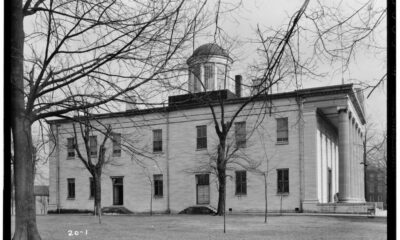
 Kentucky7 days ago
Kentucky7 days agoThe governor who walked to his own assassination at Kentucky’s capitol in 1900
-
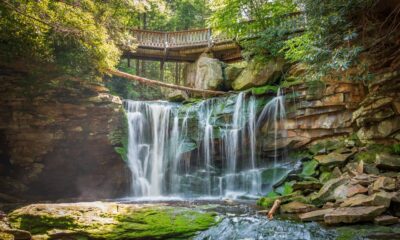
 West Virginia6 days ago
West Virginia6 days agoThis West Virginia railroad was so steep, trains barely made it. Then came the fires.











